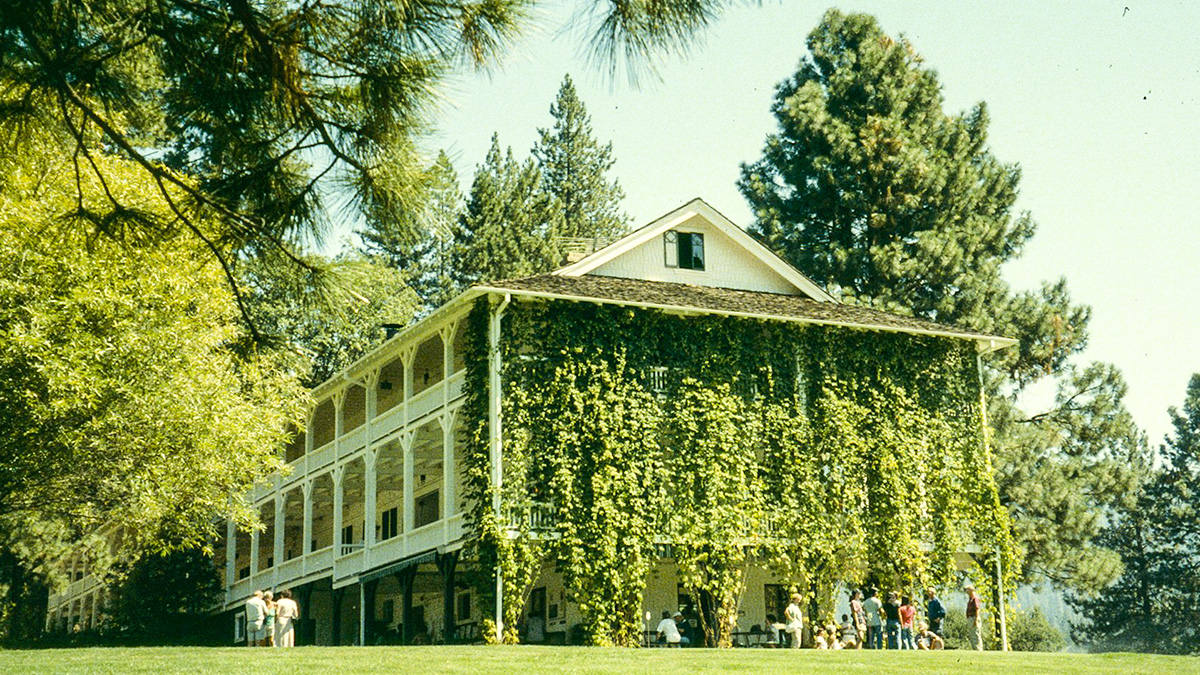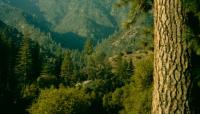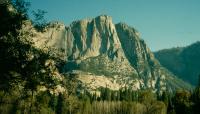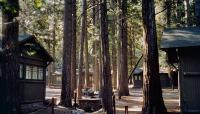Landscape Information
Yosemite Valley’s harsh terrain kept all but the most intrepid pioneers from settling there through the first half of the 19th century. In 1864, James Mason Hutchings successfully advocated for the area to be set aside as state-maintained parklands, overseen by a Board of Commissioners originally led by Frederick Law Olmsted, Sr. Environmental conservationist John Muir helped make it a national park in 1890. The National Park Service (NPS) was formed in 1916 and has since managed the park.
Established under Stephen T. Mather in 1918 on the northern side of the Yosemite Valley floor, the 46-acre village replaced the 19th-century homesteading settlement once sited in the middle of the valley, which disrupted scenic vistas. At an elevation of almost 4000 feet, the unobtrusive development is nestled against a cliff wall and opens to a sublime panorama of sheer rock outcroppings and grasslands mixed with tall fir and spruce trees. Access roads straddle the Merced River and run the length of the valley floor. In the village, landscape architect Charles Punchard, Jr. laid out a circuitous and irregular street pattern and called for a rustic architectural style composed of rough granite and river stones, wooden clapboard, and logs, which would complement the natural landscape and is now synonymous with the NPS.
The village’s 68 historic buildings, built between 1918 and 1951, include NPS employee housing and services, a cemetery, a Visitor’s Center, campgrounds, commercial structures, and two chapels. The village was listed in the National Register of Historic Places in 1978.









